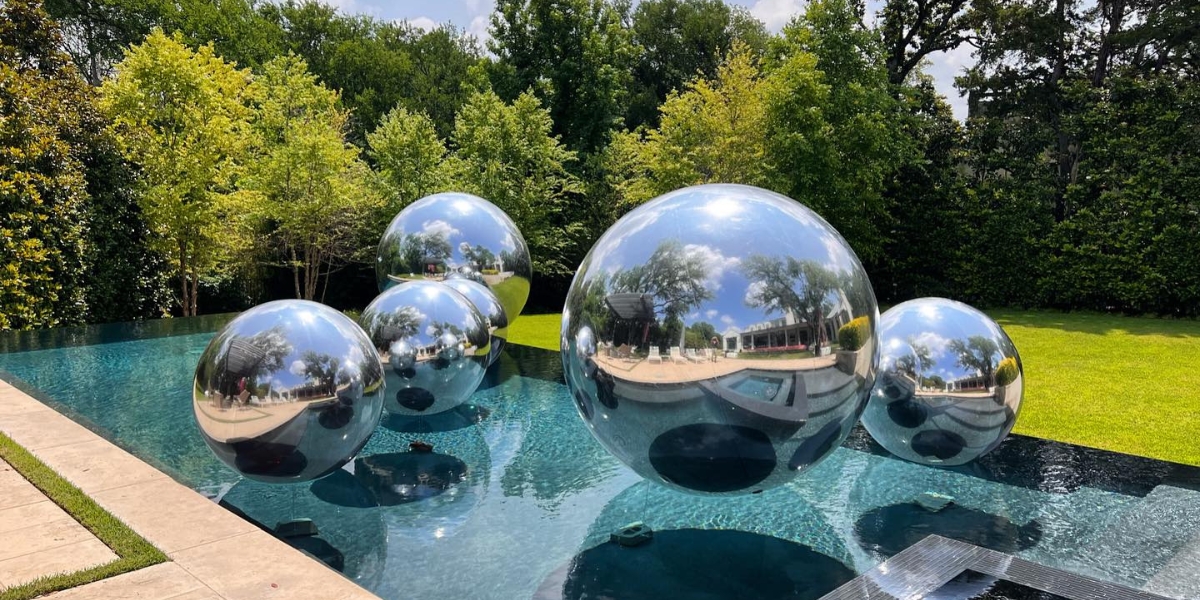Creating harmonious living spaces involves understanding how core design elements work together to shape both function and atmosphere. Three fundamental components – color relationships, material textures, and lighting strategies – form the foundation of successful interior schemes. When balanced effectively, these elements transform ordinary rooms into cohesive, inviting environments that stand the test of time rather than following fleeting trends.
Read also: Optimization Models: How Businesses and Engineers Make Smarter Decisions
Mastering Color Relationships in Interior Spaces
The 60-30-10 principle provides a reliable framework for balanced color distribution in residential interiors. This approach suggests allocating 60% of a room’s visual space to a dominant neutral hue that establishes the overall tone. Walls, large furniture pieces, and flooring typically absorb this primary color assignment. The secondary 30% introduces contrast through a complementary shade applied to upholstery, window treatments, or accent walls. The remaining 10% serves as an accent portion reserved for vibrant pops of color in decorative accessories, artwork, or small furniture pieces.
Color temperature significantly impacts spatial perception and mood. Cooler tones like soft blues and greens tend to recede visually, making them ideal for smaller rooms where an airy, expansive feeling is desired. Warmer hues such as terracotta or creamy beige advance toward the eye, helping large, impersonal spaces feel more intimate and welcoming. Consistent undertones throughout a color scheme – whether warm, cool, or neutral – prevent visual discord that can make a space feel unsettled or chaotic.
The Art of Tactile Layering with Materials
Thoughtful combination of different materials adds depth and interest to interior environments. Natural wood elements introduce organic warmth that balances more austere materials like metal or glass. The grain patterns in wood furnishings or flooring provide subtle visual texture even in monochromatic schemes. Metals serve both functional and decorative purposes, with brushed finishes offering understated elegance while polished surfaces create more dramatic reflections.
Fabric selections contribute significantly to a space’s tactile quality. Heavyweight textiles like wool or velvet anchor rooms with their substantial presence, ideal for cooler climates or formal spaces. Linen and cotton breathe more easily, better suited to casual environments or warmer regions. Layering different fabric weights and weaves – such as pairing nubby bouclé throws with smooth silk pillows – creates inviting contrasts that encourage touch and engagement with the space.
Natural fibers like jute, sisal, or rattan bridge indoor and outdoor aesthetics while adding earthy authenticity. These materials work particularly well in transitional spaces or rooms seeking connection to natural environments. The key to successful texture mixing lies in maintaining a common thread – whether through consistent color tones, repeated geometric patterns, or unified design eras – that ties disparate elements together cohesively.
Strategic Lighting for Function and Ambiance
Effective lighting design addresses three primary needs: general illumination for safe movement, task-specific lighting for focused activities, and accent lighting that highlights architectural or decorative features. Ambient lighting forms the foundational layer, often provided by recessed ceiling fixtures, chandeliers, or strategically placed floor lamps that bounce light off walls and ceilings. This base layer should provide comfortable illumination without glare or harsh shadows.
Task lighting solutions must consider both intensity and positioning. Kitchen work surfaces benefit from under-cabinet fixtures that eliminate shadows on countertops, while reading nooks require adjustable lamps that direct light precisely where needed. Office spaces demand lighting that reduces eye strain, often achieved through combination of overhead and desktop sources. The color temperature of task lighting significantly impacts functionality, with cooler, brighter lights (3500-4500K) generally better suited for workspaces than warmer tones.
Accent lighting adds dimensionality and drama to interior spaces. Track lighting or adjustable recessed fixtures effectively highlight artwork or architectural details, while concealed LED strips can wash walls with soft illumination or outline interesting structural elements. The interplay between light and shadow created by accent lighting adds sophistication and depth to rooms after dark. Dimmers prove invaluable for balancing these different lighting layers, allowing adjustment according to time of day, activity, or desired mood.
Harmonizing Design Elements for Cohesive Spaces
The most successful interiors demonstrate thoughtful conversation between color, texture, and lighting. A monochromatic color scheme gains vitality through varied material textures, while a neutral palette allows lighting to take center stage in creating atmosphere. Consistent application of design principles throughout a home creates flow and harmony, with each room maintaining its own character while feeling connected to the whole.
Practical application of these fundamentals begins with careful observation of how spaces are actually used rather than how they might appear in idealized scenarios. Traffic patterns, daily routines, and individual preferences should inform design decisions as much as aesthetic considerations. The most enduring interiors balance beauty with livability, creating spaces that not only please the eye but also support the lives unfolding within them.
Understanding these core principles empowers homeowners to make informed design choices that reflect personal style while maintaining functionality. While trends come and go, the thoughtful application of color relationships, material textures, and lighting strategies creates timeless interiors that remain relevant and inviting for years to come. The process requires patience and attention to detail, but results in living spaces that truly feel like home.
Read also: How Differential Equations Model Real-World Phenomena: From Populations to Disease Spread











